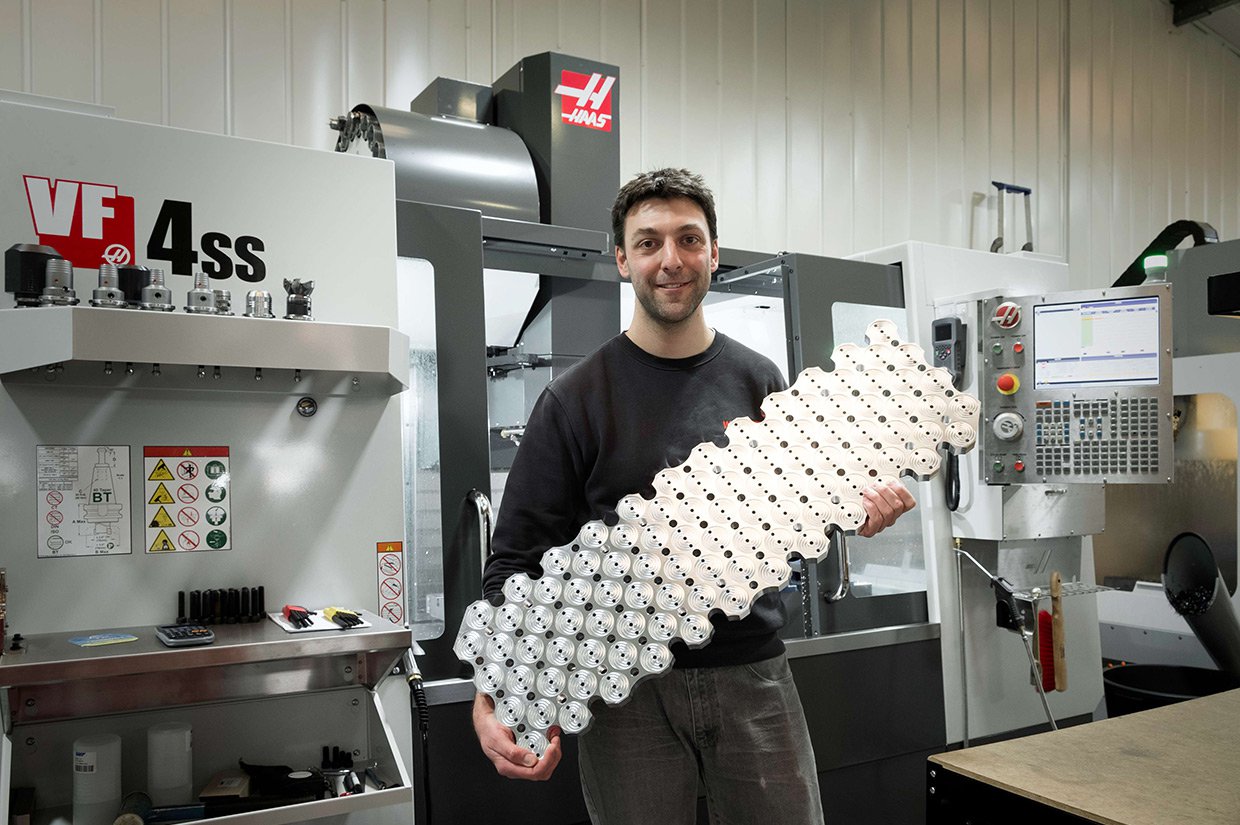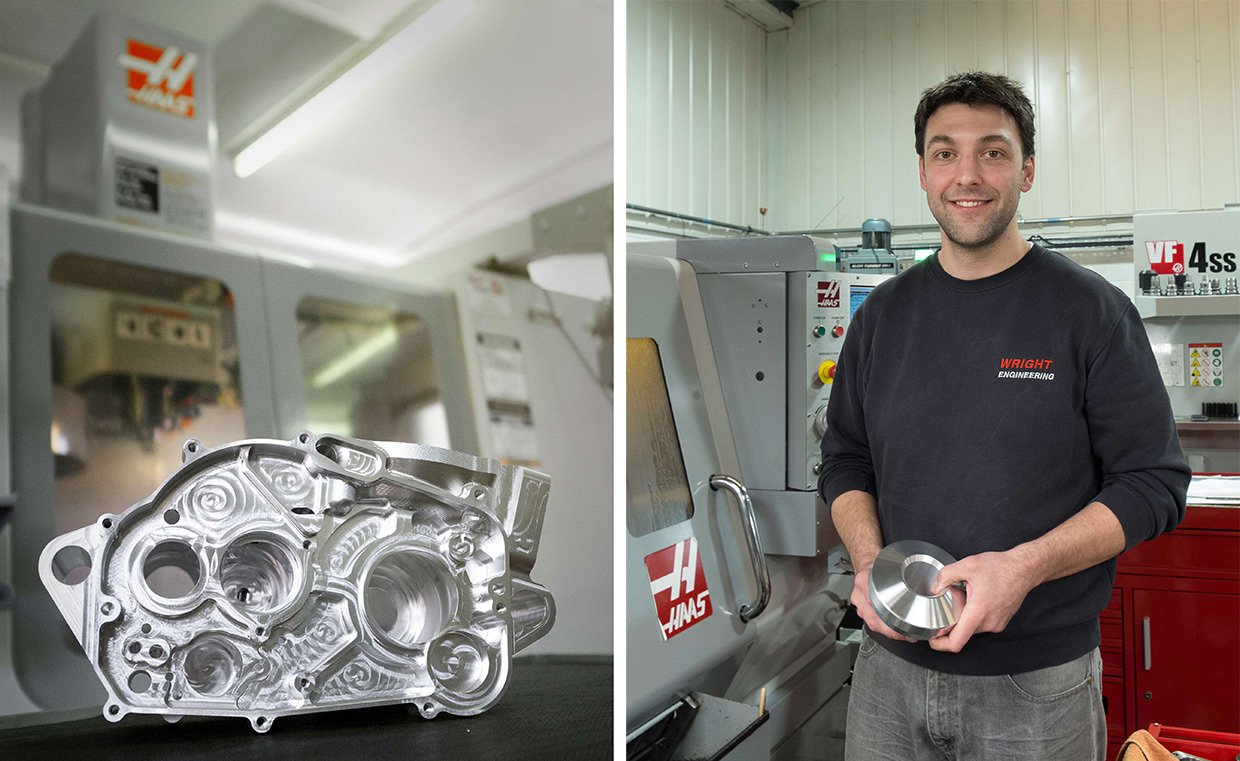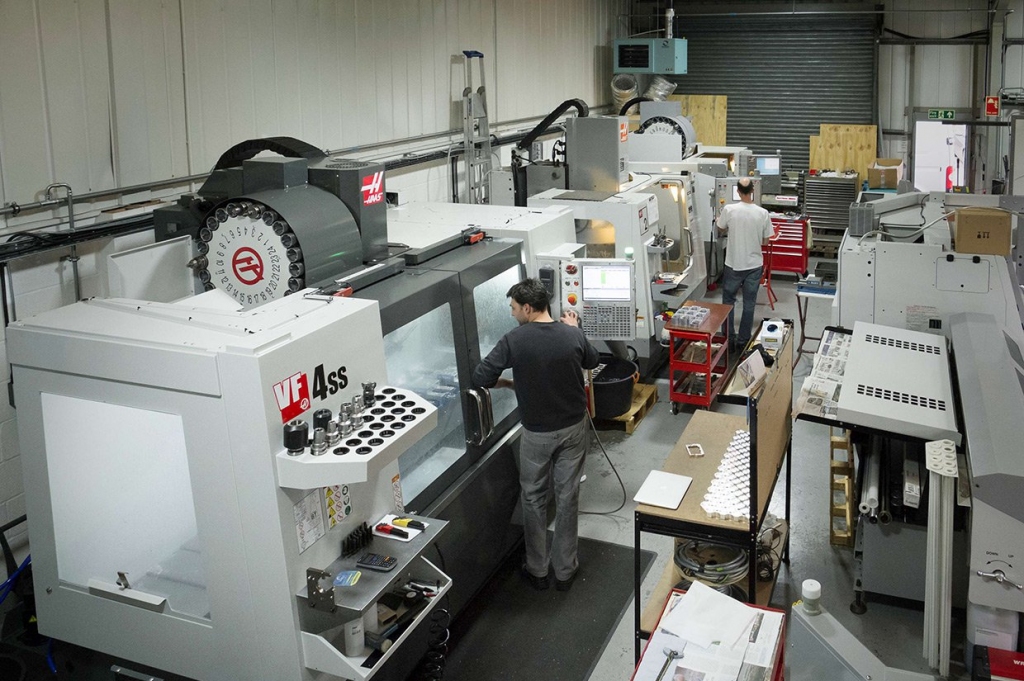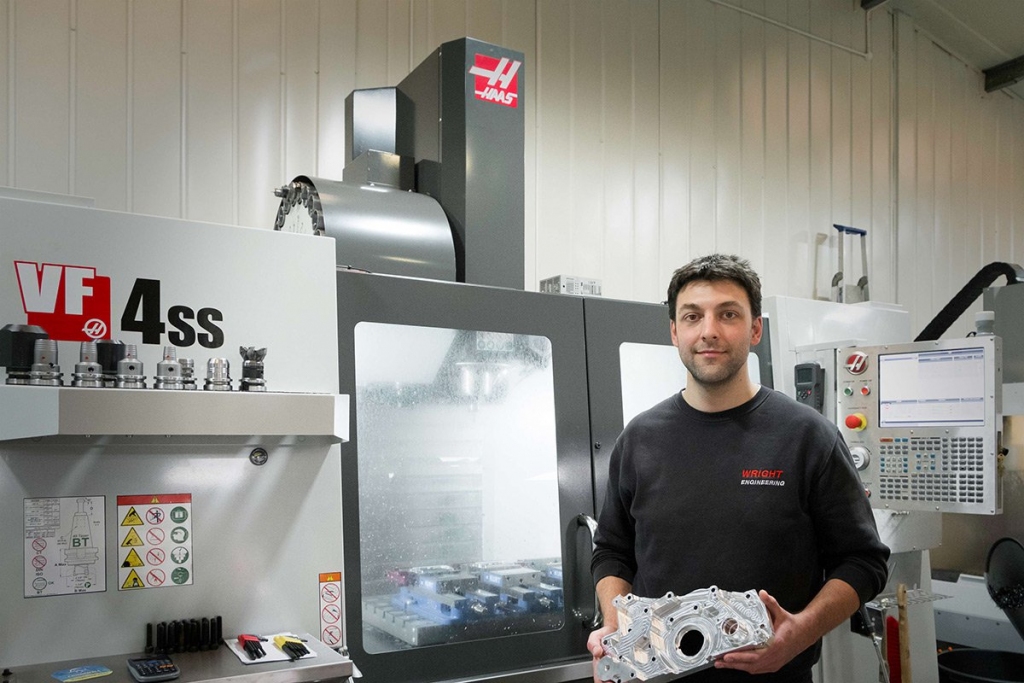Wright Engineering
In 1981 Paul Wright established Paul Wright Engineering Developments from a rented double garage behind a commercial vehicle factors in Cambridge with the intention of making garden gates and light weight fabrications. Things very quickly developed when Paul’s brother Simon of Simon Wright Racing Developments (S.W.R.D.) commissioned a batch of 25 racing kart chassis for homologation.
The next twelve months saw a more fitting name change to Wright Karts and move of premises to a dedicated industrial unit along with the first employee. The company soon established an enviable reputation for the manufacture of competition kart chassis and chassis components, mostly commissioned by S.W.R.D. In fact, Wright Karts and S.W.R.D. helped launch the careers of some world-famous drivers — including Jenson Button and David Coulthard.
Somewhat inevitably, Paul’s son Adam inherited his father’s passion for both engineering and racing. As a schoolboy, Adam cut his teeth sweeping floors and cleaning down machines in the workshop. Before long, Adam had traded his dustpan and brush for a manual mill and lathe (Ward Capstan 2A) and finally the multi-talented junior completed his grounding in engineering with a MIG and TIG welding torch and mask, all this and not quite turned 16 years old yet.

At the time (1998) the family business was in an unfortunate period of decline so Adam decided to apply through his school for an apprenticeship at a local sub-contract machine shop, he got the placement and started 11 days after his 16th birthday, within six months a position in the CNC turning depart was offered for Adam to see his apprenticeship through.
At the weekends, Adam would compete in a kart bearing the family name, and this arrangement culminated in winning a British championship for the 2000 season. Unfortunately, Adam’s promising race career was cut short in 2003 when he decided he had grown too tall and at 21 too old to pedal. With his apprenticeship also now finished and Adam being ever keen to broaden his horizons, shifted his focus to a career in motorsport which saw a move in location to Cumbria to build engines for Malcom Wilson’s world rally car operation, M-Sport.
Although providing plenty of interest and challenge, Adam felt that he had not quite found his calling, relocating back home in Ely during 2006 and after a brief six month stint at a composite company starting up there machine shop, early 2007 saw the decision to officially join the family business at home. During Adam’s early years of employment with other companies Paul had diversified by starting Wright Engineering in 1998 to run alongside Wrights Karts as karting orders declined with increasing competition from Italian manufactures able to import and sell at very low costs.

Still in decline 2002 Wright Engineering downsized to modified outbuildings at the family home while the Wright Karts name and relating machinery to manufacture the karts was moved across to S.W.R.D. Paul had diversified to supply multiple industries as a precision sub contract shop. Adam brought with him the CNC knowledge and a race mentality to machining, continually looking to reduce cycle times, and his experience in various industries not only gave him an understanding of what tolerance is required but what the bigger picture requires and therefore the ability to price work accordingly. This change of direction meant that it was crucial to invest in additional machinery. “In November 2008, we bought our first CNC machine — an old single-tool milling machine,” says Adam. “While the machine was far more capable than our manual turret mill with DRO (Digital Read Out), it was soon holding us back.”
Although not perfect, this initial CNC machine paved the way, and encouraged by a growing order book, the father and son team were soon looking to increase their capacity. “We wanted our future operators to be familiar with the controls of each of our machines, and therefore were keen to find a single supplier for both mills and lathes. We knew we wanted a lathe first with a mill to follow shortly after.”
Following extensive research of various brands and machines, Wright purchased their first Haas in 2009 – an SL-20 lathe with a tailstock and bolt on turret. Adam explained “Without good cutting equipment, we don’t have an engineering company and the performance offered by this machine along with the support and service we have received from Haas took us to a whole new level of machining capability. It’s impossible for a company such as Haas to continue to grow without making solid machines.”
And the SL really did exceed their expectations. “Even after all this time, it’s still the best machine I’ve ever operated.”
When the time came to upgrade their mill, it was an obvious choice to replace it with a Haas Super Mini Mill 2, along with a OneCNC XR4 CAD/CAM system to stream-line programming. Paul Wright says: “By adding high-quality CNC machinery to our workshop, along with CAD/CAM software, we have been able to maintain our rigorous approach and attention to detail, while at the same time increasing our production capacity. As a family business, we take great pride in the quality of our workmanship, and we can produce a wide variety of high-precision, complex components in batches from just one part to several thousand.”

With a growing plant list, staff count, and order book, the company had soon outgrown their original premises at Paul’s home and were on the search for somewhere more suitable. They soon found the ideal location just down the road in Soham. The paint of the freshly renovated space was barely dry before it was being filled with new Haas machines, the latest of which is was a VF-4SS mill, installed in February 2017, with a 15,000rpm spindle, 4th axis capability, high-speed machining and through spindle coolant.
The company has now expanded its operation to encompass the high-volume production of bespoke turned and milled components for a wide range of industry sectors that include automotive, electronics, power generation and medical, it also manufactures parts for musical instruments.
“Our new CNC machinery complements the combined 50 years of experience we can offer in turning, milling, welding, fabricating and tube forming. Going forward we are looking to keep the machinery modern and maintain an environment for each of our employees that we would like to work in ourselves. We are optimistic about the future.”
When asked what lies ahead for Wright Engineering, Adam simply replies: “We will continue to work hard to exceed customers’ expectations whilst creating an excellent environment for each of our employees. After that, who knows?”
One thing is for sure, so long as they continue to use machine tools from the biggest manufacturer in the Western world, they will always be on the Wright track!





